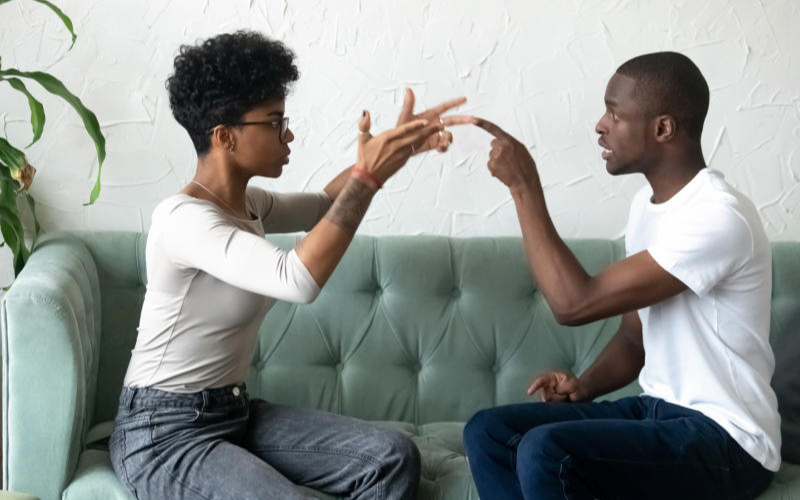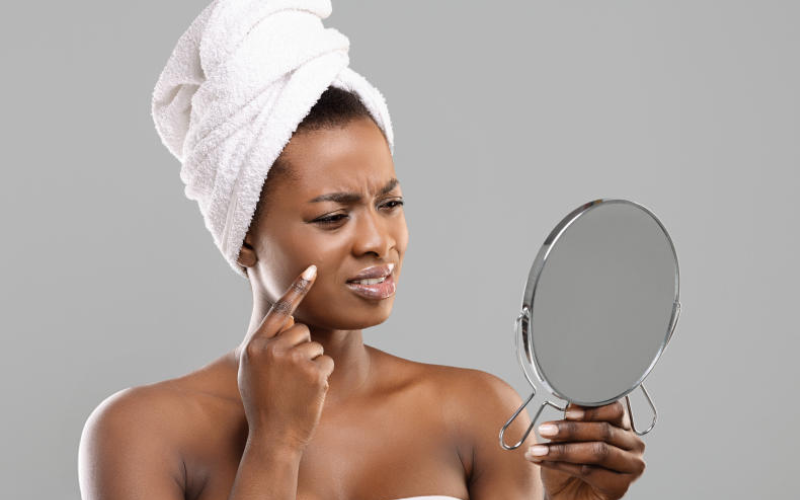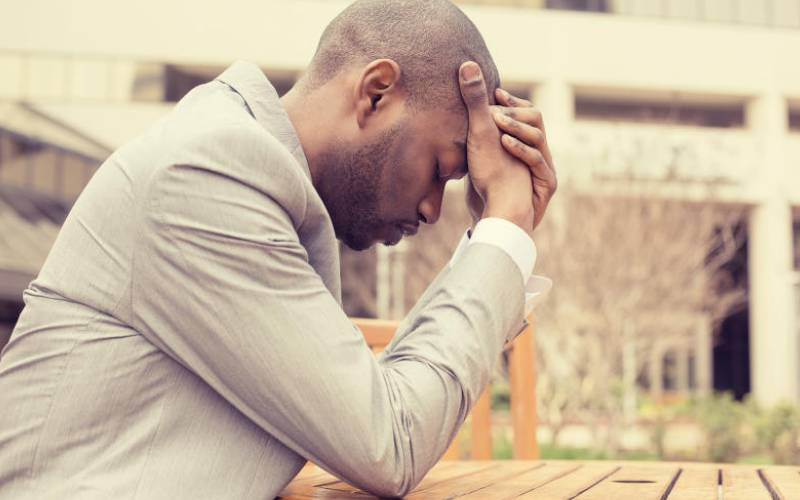
In the long past, humans walked the earth barefoot without shoes, socks, or anything on their feet and managed just fine. In the modern age, however, many people may never have experienced walking barefoot. Soft socks are typically placed on newborns from birth, followed by well-fitting shoes as toddlers. Eventually, it becomes socks, slippers, and shoes every time. For many, their feet rarely see the light of day.
But are there any benefits to walking barefoot, at least in the house or on well-maintained surfaces? There seems to be, as suggested by foot specialists. Our feet contain groups of muscles that work together to coordinate our movement. These muscles tend to weaken somewhat due to the constant use of shoes and advancing age. Walking barefoot helps to strengthen these muscles, increasing their sensitivity to function and maintaining overall efficiency.
There is also a dermatological benefit. Being barefoot allows the skin on your feet to “breathe,” reducing moisture build-up and thereby lowering the risk of fungal infections, such as the unpleasant athlete’s foot. Additionally, walking on different surfaces can be relaxing, almost like a reflexology session, which can be beneficial for the mind.
However, there are some downsides. House floors and pathways can harbour dust, irritants, cleaning chemicals, bugs, and various unseen substances. For those with skin sensitivities, these irritants can trigger allergic reactions. Bugs can also find their way into any vulnerable spots on your feet, leading to unwanted infestations. Proper hygiene after walking barefoot can help mitigate these risks.
Of course, there are real risks of injury when walking barefoot. You may slip on slick or wet floors, potentially sustaining serious injuries. Sharp objects can easily penetrate bare feet, causing significant harm. If your balance is lost for any reason, you may fall onto a hard surface, leading to injuries. Anyone who has ever stubbed their bare toes on the edge of a sofa will attest to how painful this can be. In some cases, bony fractures can occur.
In conclusion, it’s possible to strike a balance between both worlds by occasionally letting your feet go free. This way, you’re unlikely to come to harm and may enjoy some benefits. However, a word of caution: individuals with neurological or circulatory conditions, such as diabetes, should avoid walking barefoot. These individuals may not notice injuries or infections on their feet, which must be avoided at all costs.
Keep Reading
- How to handle parenting in a changing world
- Parenting tips as a single father
- Dangers of having a favourite child
- Don't let confusing parenting advice scare you
Dr Alfred Murage is a Consultant Gynecologist and Fertility Specialist.





